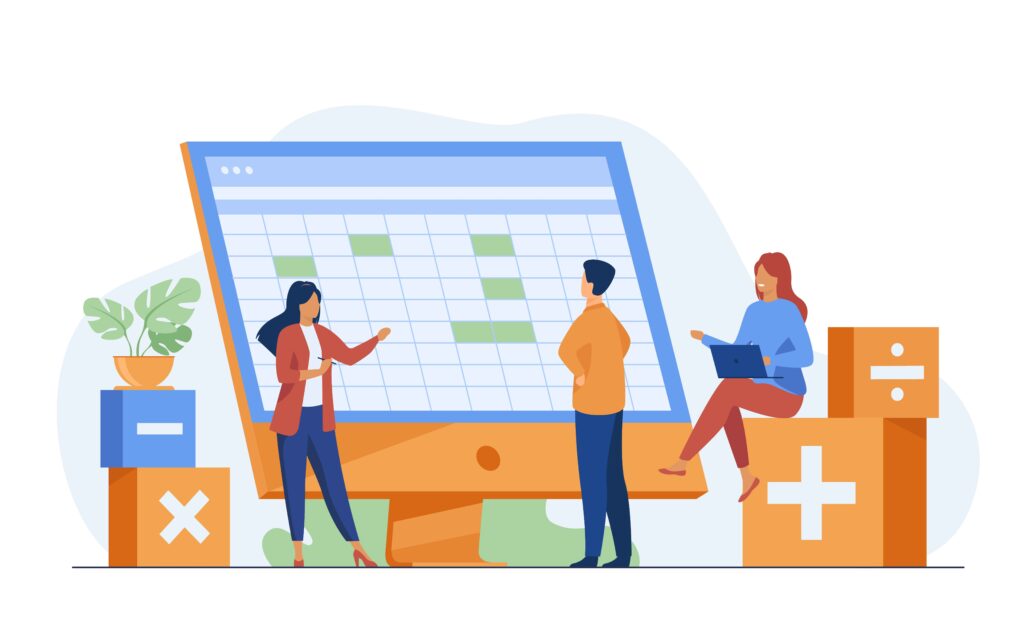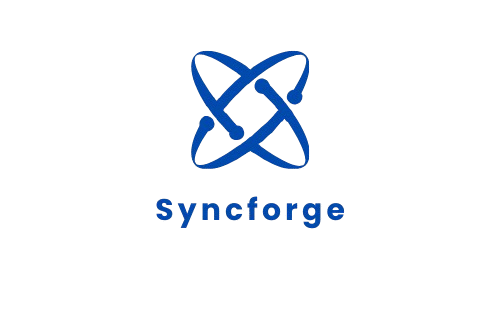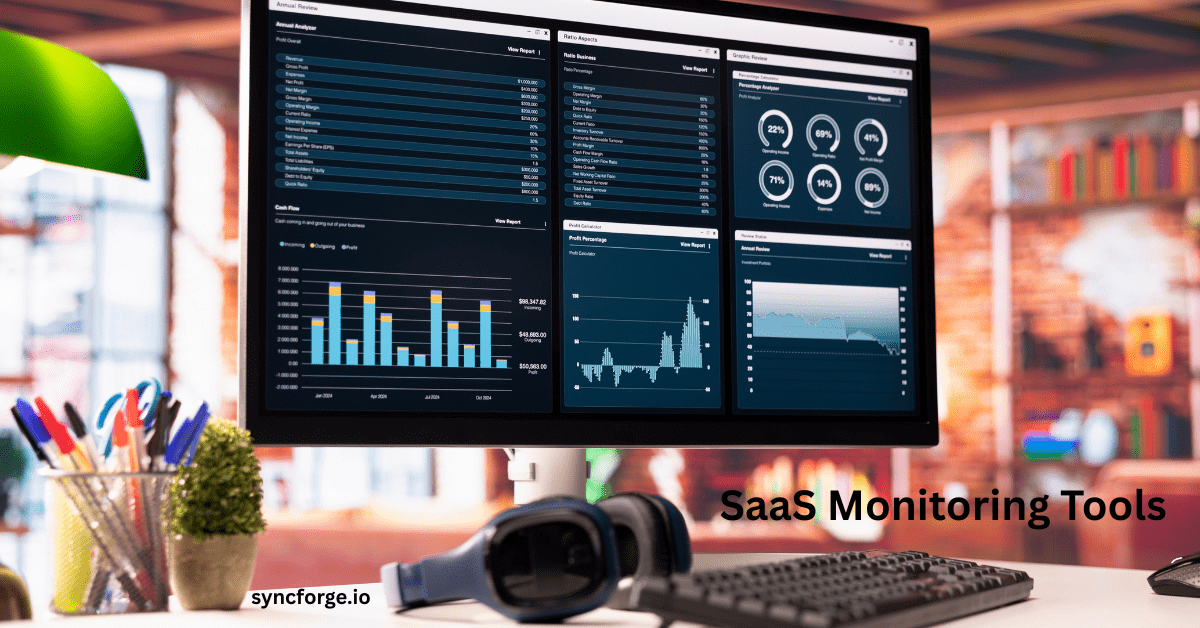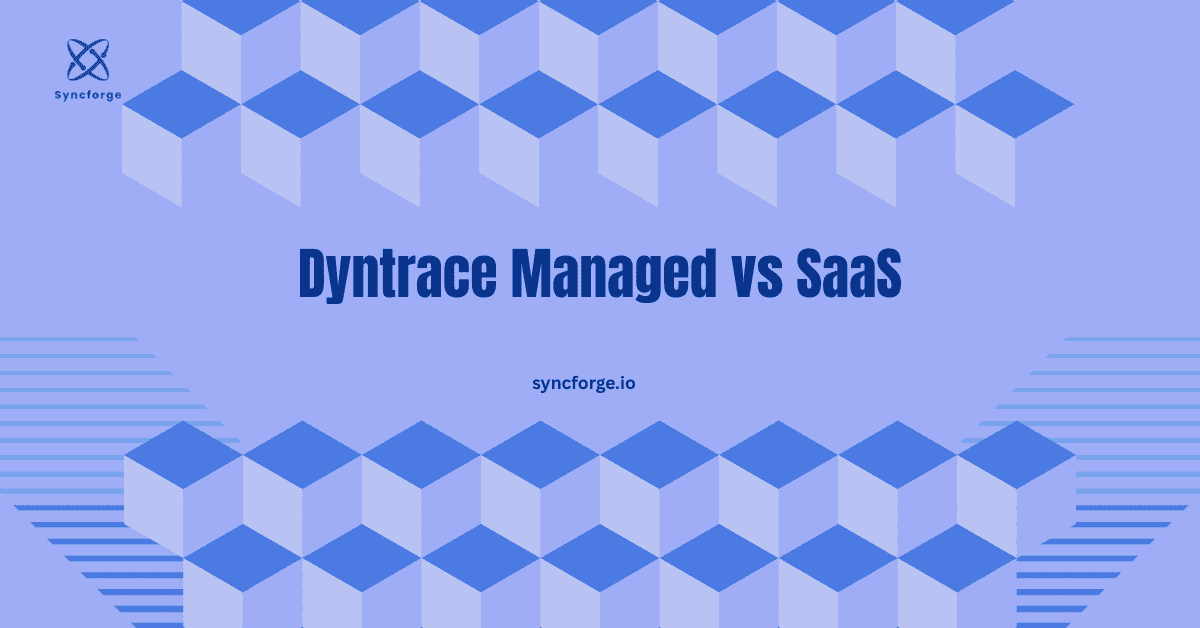AI SaaS Product Classification: 6 Powerful Criteria to Scale Faster in 2025

Introduction: What is AI SaaS Product Classification Criteria and Why Does it Matter?
The SaaS industry has expanded significantly over the last decade, with a growing number of businesses entering it every day. However, with the integration of Artificial Intelligence into its products, the noise is deafening. According to Gartener, over 70% of new SaaS startups in 2025 will have AI integrated at their core, making the scenario more intricate.
It is a Herculean task for investors, customers, and even founders to pick the most suitable product from the menagerie without a clear label.
AI SaaS product classification provides a solution to everyone’s problem by placing every product into labelled boxes based on its functionality, target market, and specific AI capabilities. It classifies AI SaaS products correctly and addresses all worry points of investors, buyers, and founders by providing answers to all their questions, such as whether it’s a horizontal SaaS or vertical SaaS. What its pricing model and targeted audience are. Is it AI-driven analytics or workflow automation, and many questions like that.
AI SaaS product classification provides a proper framework that helps startups to position their product accurately, win customers’ trust, and attract investors.
This guide will illuminate 6 key criteria to classify AI SaaS products to help businesses, investors, and customers. Let’s buckle down
Criteria 1: Use Case & Core Functionality
Tell stakeholders what pain point your product addresses. Every successful SaaS product begins with the problem it solves because clarity is very important, as AI has added layers of complexity all across the market. Classification avoids the risk of your product being seen as “everything and nothing”. It makes sure that the market is aware of your purpose.
Let’s consider an example to understand things better:
| Product | Core Use Case | Classification Example |
| Grammarly | AI writing assistance | AI productivity SaaS |
| Jasper AI | AI marketing content creation | AI content SaaS |
Grammarly set its market position as “AI writing assistance,” specifically, which supports it in dominating its niche. Jasper AI also succeeded when it narrowed its purpose by targeting only marketing teams, skipping general writers.
TIP: The foremost thing is to classify your product by its core problem-solving use case, and every other thing will fall in the right place.
Criteria 2: Target Audience / Buyer Persona
Your product can be a perfect ten, but if you are selling it to the wrong audience, it’s a zero. If you missclassify who uses your product and who pays for it, your go-to-market strategy stumbles. A buyer persona helps businesses to develop a deeper understanding of their customers, and if your product’s classification does not align with the buyer persona, your GTM strategy would definitely fail.
In AI SaaS, startups often confuse end users with decision makers; however, they are not the same in all cases. AI SaaS leans more towards B2B SaaS vs B2C SaaS in 2025 because of structured decision-making and long-term ROI.
Pitching the right audience is 2nd most important key:
| Product | Buyer Persona | End-User vs Decision-Maker |
| HubSpot AI | CMOs, Marketing Managers | Decision-makers differ from daily users |
| Otter.ai | Professionals, students, teams | Often the same as daily users |
The end users and buyers are different in HubSpot AI, as it is designed for marketing teams, but the purchase order confirmation comes from CMOs, whereas end users and decision makers are the same in the case of Otter.ai, as it is purchased by students or professionals who directly use it.
TIP: Don’t waste your marketing dollars and tie classification with ICP (Ideal customer profile) to construct precise positioning.
Criteria 3: Technology & AI Stack
The technology decides the demand for your product because investors and competitors prioritize the engine that drives your SaaS instead of its surface qualities. Whether it’s a proprietary LLM or advanced computer vision. Tech stack layers play a significant role in AI SaaS product classification. Misclassification can cause irretrievable damage to your credibility.
| Tech Layer | Description | Example Product |
| Core AI Models | LLMs, NLP, CV | ChatGPT Enterprise |
| Integration Capability | APIs, plug-ins, third-party connections | Slack AI integrations |
| Automation Depth | Rule-based vs predictive AI | Viz.ai (predictive CV) |
ChatGPT has classified itself as LLM-driven horizontal SaaS targeting a wide audience, whereas Viz.ai has positioned itself as vertical SaaS targeting specifically the healthcare industry.
TIP: Show how your AI stack sets you apart in the market because investors hold dear the technology moat.
Criteria 4: Pricing & Monetization Model
Your monetization model will be carefully crafted after evaluating your target customers and competitor pricing, because how you charge is often how you perceive. Pricing is more than a revenue choice and signals classification. You should choose a monetization strategy that goes well with your overall business goals after evaluating all crucial aspects:
| Pricing Model | Example Product | Classification Signal |
| Freemium SaaS | Grammarly, Canva AI | Broad adoption, B2C-friendly |
| Usage-based SaaS | OpenAI API, Snowflake | API-first SaaS, scalable infra |
| Tiered Pricing SaaS | HubSpot, Jasper AI | Enterprise positioning |
If you’re an AI SaaS API provider such as Snowflake, you will be classified as usage-based infrastructure SaaS, whereas if you’re a B2C AI productivity tool, you will be expected to be categorized as freemium.
TIP: Your pricing model should always align with the classification narrative to clarify buyers and investors.
Criteria 5: Market Scope: Vertical vs Horizontal SaaS
This is one of the oldest AI SaaS product classification methods, but it is still relevant. Vertical SaaS is expensive as it provides higher security and control, and is designed for a specific industry, whereas Horizontal SaaS offers scale across various industries due to its reasonability.
| Classification | Description | Example Products |
| Horizontal SaaS | Works across industries | Notion AI, Zoom AI Companion |
| Vertical SaaS | Focused on a single industry | PathAI (healthcare), Legal Robot (law) |
Notion AI is horizontal as it targets a wider audience, including students, startups, and enterprises, whereas PathAI is vertical and has narrowed its focus to only healthcare diagnostics.
TIP: Lean toward vertical, as Vertical AI startups attract higher investment multiples due to deep insights, maximum control, and security.
Criteria 6: Product Maturity & Scalability

Investors have a strong interest in how mature and scalable the product is. It is a key criterion of classification that startups often underestimate. It determines if your product is classified as “enterprise-ready” or “risky-experimental”
| Stage | Characteristics | Example Product |
| Early-stage MVP AI SaaS | Limited scalability, fragile | Pre-seed AI startups |
| Growth-stage AI SaaS | Market fit proven, scaling integrations | Perplexity AI |
| Enterprise-grade SaaS | Global-ready, robust integrations | Salesforce Einstein |
Preplexity AI is experimenting with scale and is still in its growth phase, whereas Salesforce Einstein is integrated into global workflows, demonstrating that it is enterprise-ready.
TIP: Maturity catches the eye of VCs and investors; it is better to avoid overstating scalability and stay honest.
How Classification Impacts ROI
Classification is not just a tag or category; it acts as a multiplier for your product’s growth if done accurately. After correctly and carefully positioning your product in the market, you can expect a bounty of compensation.
| Impact Area | Effect of Proper Classification | Effect of Misclassification |
| Marketing Strategy | Sharper messaging, higher conversions | Confused messaging, weak demand |
| Investor Trust | Higher credibility, stronger funding odds | Lower valuation, failed pitches |
| Customer Adoption | Faster adoption, stronger loyalty | Confusion, slower adoption |
A medium-scale startup has skyrocketed its conversion rates by 35% within 6 months after repositioning itself from “AI Productivity tool” to “AI workflow automation for SMBs” because SMBs found it more relevant now.
Future Trends in AI SaaS Classification (2025–2030)
Trust and Compliance will be the key criteria for classifying AI SaaS products in the forthcoming.
| Trend | What It Means for SaaS Founders |
| Trust & Compliance | Products are expected to be classified by AI safety and governance readiness |
| Hybrid SaaS Models | AI SaaS, in addition to hardware integrations (healthcare, IoT) |
| Investor Scorecards | Investors will demand standardized SaaS classification metrics |
Conclusion:
AI SaaS product classification is more than categorizing products; it is a strategic tool for growth. Startups need to master six key criteria, including use case, buyer persona, tech stack, pricing, market scope, and maturity, to maximize their output.
You have to master classification to survive in this overly crowded market and to catch momentum while others sink.
AI SaaS product classification is not just a theory but a roadmap for sustainable growth.
FAQs:
Why is AI SaaS product classification so important?
Because it assists businesses, investors, and customers in choosing the most appropriate product for them without much effort. It helps you to define your market perception and customer adoption strategy.
How to figure out if my AI SaaS is B2B or B2C?
Your buyer persona provides the answer to this. If businesses or teams are paying for your product, then it is B2B; on the other hand, if individuals are directly paying for it, then it is B2C.
What are the key criteria of AI SaaS product classification?
There are six criteria, including use case, buyer persona, tech stack, pricing, market scope, and maturity
Is AI SaaS product classification Criteria a one-time process or is it continuous?
AI SaaS product classification changes criteria over time; startups reclassify when expanding into new markets or when they mature.
What are the common mistakes made by founders when classifying their products?
They overgeneralize, often confuse their target audience, and usually ignore the AI stack.
CTA:
Implement these 6 classification keys into your business and set your SaaS apart in 2025. Explore more about SaaS on our website Syncforge.




